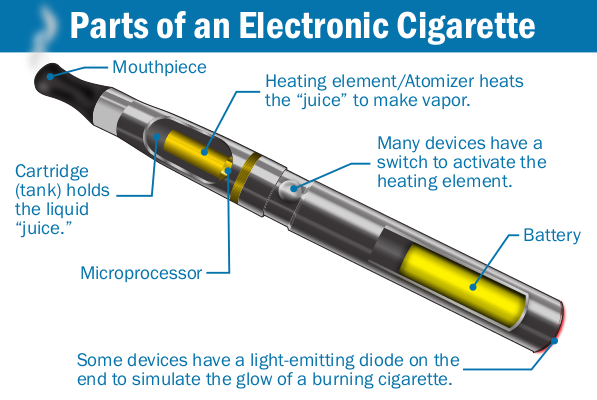E-Cigarettes: An Answer To Rising Public Health Challenge

E-Cigarettes and refills are smoke-free, tobacco-free customer products marketed as and used for replacing nicotine, as a customer alternative. They are developed and used as a THR product: a tobacco damage decrease product.

They are neither a tobacco product (as any nicotine content, if used, could come from any appropriate vegetable source or be synthesised) nor a drug product (as there is no objective to stop or treat a disease), or developed to assist giving up nicotine (as Harm Reduction products are created for extension of use). Electronic cigarette Toronto are totally a customer purchase, used rather to tobacco, for continuous use. No objective to stop or stop a nicotine or breathing addiction is believed by purchasing such a product; it is developed and marketed particularly for extension of such use. If people reduce or stop nicotine intake by use of an e-cig, or stop utilization entirely, it is unforeseen to the primary purpose of the product, which is as a reduced-harm alternative for nicotine.
Electronic tobacco, or e-cigarettes, are a growing task for public health. These products are part of a growing scenery of digital nicotine distribution systems (ENDS) that contains many different types of products, such as vape pens and e-hookahs. Despite variations in overall look, these gadgets are quite similar in function – they create an aerosol that can contain nicotine and other preservatives. Because the nicotine in these products is typically based on tobacco, the Food and Drug Management (FDA) has suggested controlling e-cigarettes as tobacco. However, these suggestions have not yet been applied, and e liquid nicotine Canada remains not regulated at the government level.
No e-cigarette product currently has a license; it would take at least 3 years to obtain one, once a new type has come to exist that will fulfill certification requirements; you will be charged millions; a certificate only contains one single product although many providers have thousands if not thousands of products; certification would eliminate all products from the industry, and after a very extensive period, it is likely that around 0.001% of the number of current products may be available; such products would price much more than they do now, in order to pay for the price of the development and certification, and because they would have a monopoly in the legal market, and only large tobacco or drug companies could offer such a product.
